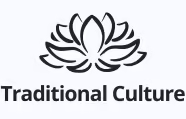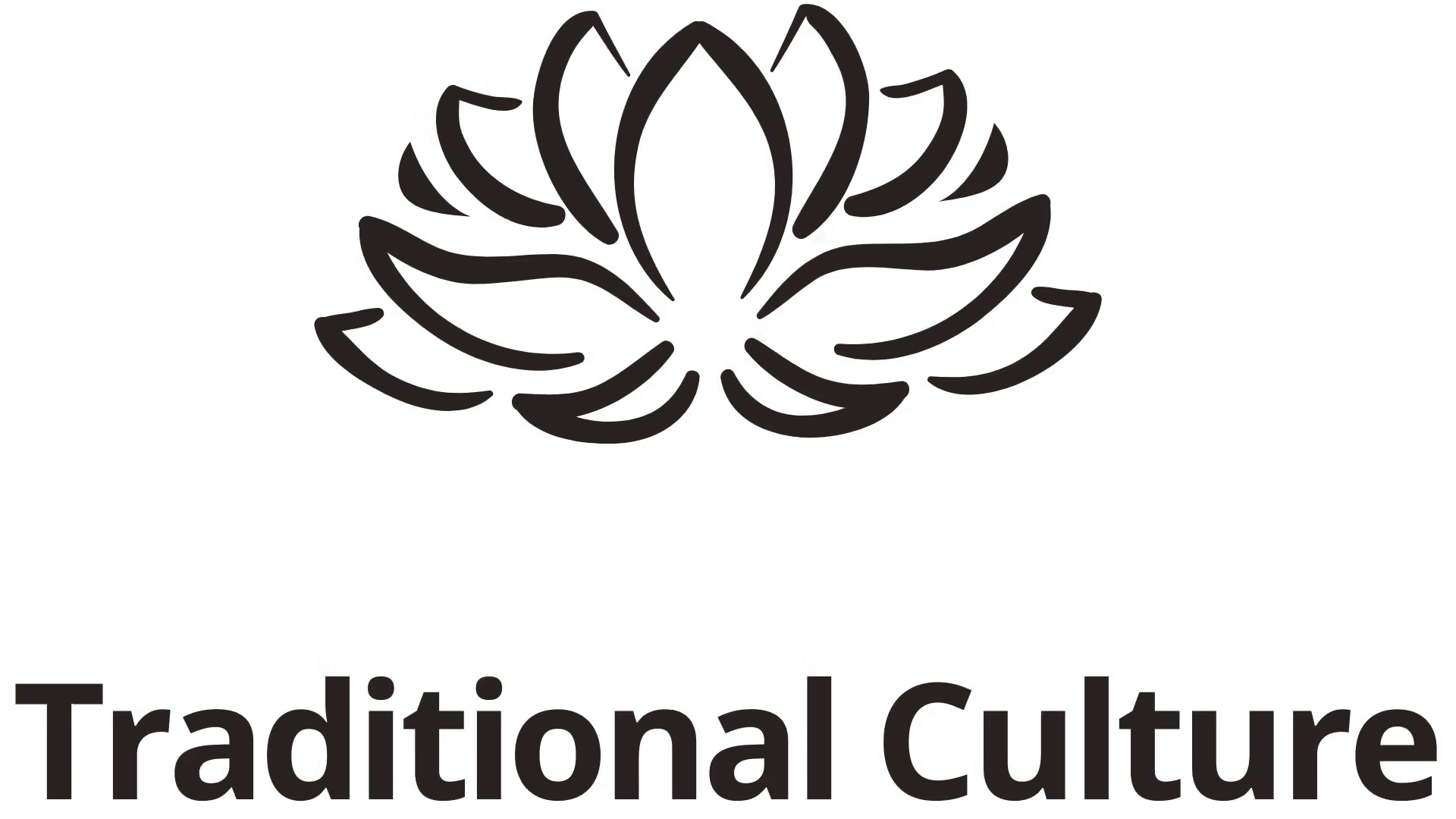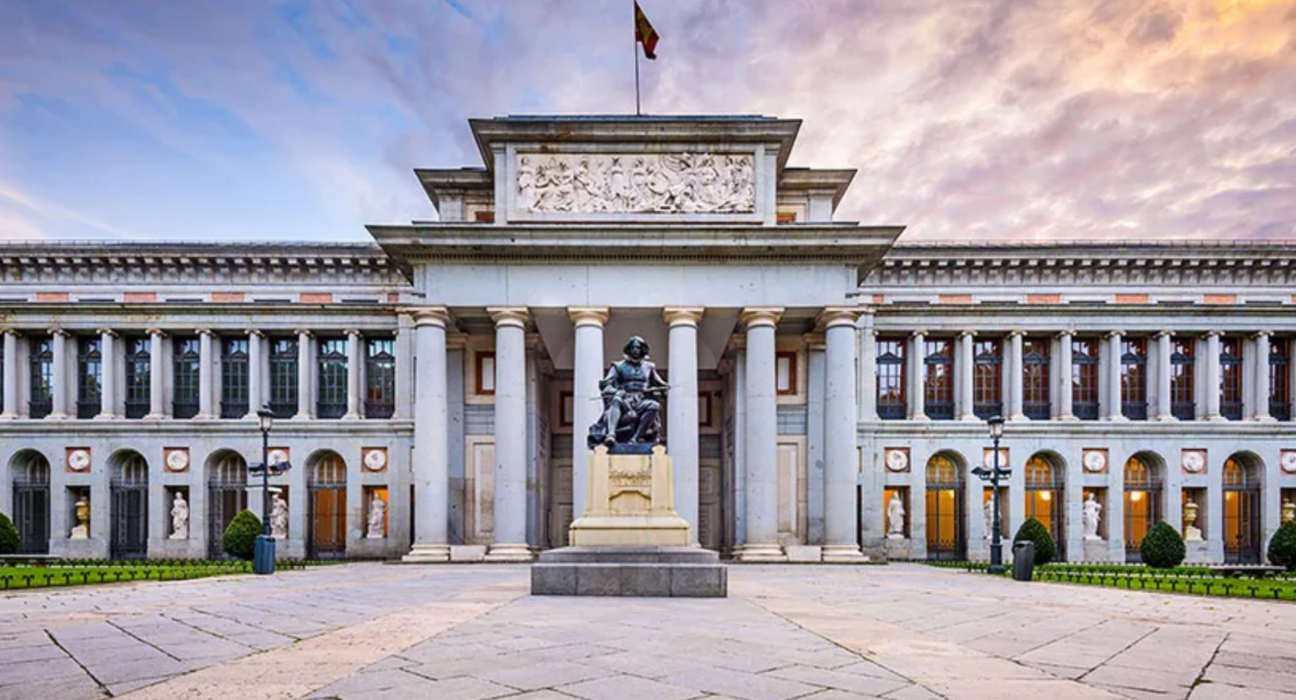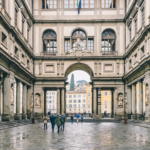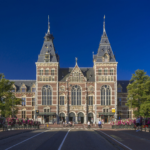The Prado Museum, or Museo del Prado, stands as a testament to the rich cultural heritage of Spain and the world. Located in the heart of Madrid, this iconic institution houses one of the most comprehensive collections of European art, spanning from the 12th to the early 20th century. More than just a repository of masterpieces, the Prado offers visitors a unique opportunity to traverse centuries of artistic evolution, societal changes, and human expression through its vast array of paintings, sculptures, and other artifacts.
A Treasure Trove of Artistic Mastery
The Prado Museum is home to an astounding collection of over 8,600 paintings and more than 700 sculptures, making it one of the largest and most significant art museums in the world. Its halls are adorned with works from renowned masters such as Diego Velázquez, Francisco Goya, El Greco, Titian, and Peter Paul Rubens, among many others. This extensive collection not only showcases the pinnacle of artistic achievement but also serves as a window into the cultural, political, and social landscapes of Europe throughout history.
The Spanish Masters: Velázquez and Goya
At the heart of the Prado’s collection lie the works of two of Spain’s most celebrated artists: Diego Velázquez and Francisco Goya. These painters, separated by a century, represent the evolution of Spanish art and its influence on the broader European artistic tradition.
Diego Velázquez, court painter to King Philip IV, is renowned for his masterful portraiture and historical scenes. His magnum opus, “Las Meninas,” is a cornerstone of the Prado’s collection. This enigmatic painting, with its complex composition and play on perspective, continues to captivate viewers and scholars alike. Velázquez’s ability to capture the essence of his subjects, from royalty to common folk, is evident in works such as “The Surrender of Breda” and “The Spinners,” which showcase his mastery of light, texture, and human expression.
Francisco Goya, spanning the late 18th and early 19th centuries, represents a bridge between the Old Masters and the modern era. His works in the Prado range from the vibrant and lighthearted cartoons for royal tapestries to the dark and haunting “Black Paintings.” Goya’s artistic journey, visible through the museum’s extensive collection, reflects the tumultuous times in which he lived. His “The Third of May 1808” stands as a powerful indictment of war’s brutality, while the “Saturn Devouring His Son” from the Black Paintings series delves into the depths of human nature and psyche.
Renaissance Treasures: From Italy to the Netherlands
The Prado’s collection extends well beyond Spanish borders, offering a comprehensive view of Renaissance art from across Europe. Italian masters such as Botticelli, Raphael, and Titian are well-represented, providing visitors with a glimpse into the artistic innovations of the Italian Renaissance.
Titian’s “The Emperor Charles V on Horseback” showcases the Venetian master’s skill in portraiture and his ability to convey power and majesty. Meanwhile, Raphael’s “The Cardinal” demonstrates the artist’s mastery of color and form, hallmarks of the High Renaissance style.
The museum also boasts an impressive collection of Flemish and Dutch paintings, including works by Rogier van der Weyden, Jan van Eyck, and Hieronymus Bosch. Bosch’s triptych “The Garden of Earthly Delights” stands out as one of the most enigmatic and captivating works in the museum, inviting endless interpretation with its fantastical imagery and complex symbolism.
Baroque Brilliance: Rubens and Beyond
The Baroque period is well-represented in the Prado, with Peter Paul Rubens taking center stage. Rubens’ dynamic compositions and vibrant use of color are exemplified in works such as “The Three Graces” and “The Judgment of Paris.” His influence on European art is evident throughout the museum, seen in the works of his contemporaries and followers.
Other Baroque masters featured in the Prado include Caravaggio, whose dramatic use of light and shadow (chiaroscuro) revolutionized painting, and Rembrandt, whose penetrating self-portraits and biblical scenes offer deep insights into the human condition.
A Chronicle of European History and Culture

Beyond its artistic significance, the Prado Museum serves as a visual chronicle of European history and culture. Through its vast collection, visitors can trace the evolution of artistic styles, societal values, and historical events that shaped the continent over centuries.
Royal Patronage and Court Life
Many of the works in the Prado reflect the tastes and influence of royal patrons, particularly the Spanish Habsburgs and Bourbons. Portraits of monarchs and nobility provide insight into the fashion, customs, and power structures of European courts.
Velázquez’s portraits of the Spanish royal family, including the iconic “Las Meninas,” offer a glimpse into the splendor and complexity of court life in 17th-century Spain. Similarly, Goya’s portraits of Charles IV and his family reveal the changing dynamics of royal power at the turn of the 19th century.
The museum’s collection of royal portraits extends beyond Spain, featuring works depicting monarchs and nobles from across Europe. These paintings not only showcase the artistic styles of different periods but also serve as historical documents, capturing the faces and personalities that shaped European politics and culture.
Religious Art and Spiritual Expression
Religious themes dominate much of the art in the Prado, reflecting the central role of Christianity in European culture throughout history. From early Renaissance depictions of biblical scenes to baroque interpretations of religious ecstasy, the museum offers a comprehensive view of how spiritual beliefs have been expressed through art.
El Greco’s mannerist masterpieces, such as “The Holy Trinity” and “The Annunciation,” showcase the artist’s unique style and intense spirituality. His elongated figures and vivid colors create a sense of otherworldly mysticism that continues to captivate viewers.
The museum also houses numerous altarpieces and devotional paintings, including works by Fra Angelico, Mantegna, and Murillo. These pieces not only demonstrate the evolution of religious iconography but also provide insights into the devotional practices and theological concepts of different periods.
Mythology and Classical Heritage
The influence of classical mythology on European art is prominently displayed throughout the Prado. Renaissance and Baroque artists often turned to Greek and Roman myths as sources of inspiration, using these stories to explore themes of love, power, and human nature.
Titian’s “Bacchanal of the Andrians” and Velázquez’s “The Forge of Vulcan” are prime examples of how artists reinterpreted classical themes through the lens of their own time and culture. These works not only showcase the artists’ technical skill but also reflect the enduring fascination with classical heritage in European intellectual and artistic circles.
The museum’s collection of mythological paintings and sculptures allows visitors to trace the evolution of classical themes in art, from the idealizedfigures of the Renaissance to the more dynamic and sensual interpretations of the Baroque period.
A Living Institution: Research, Conservation, and Education
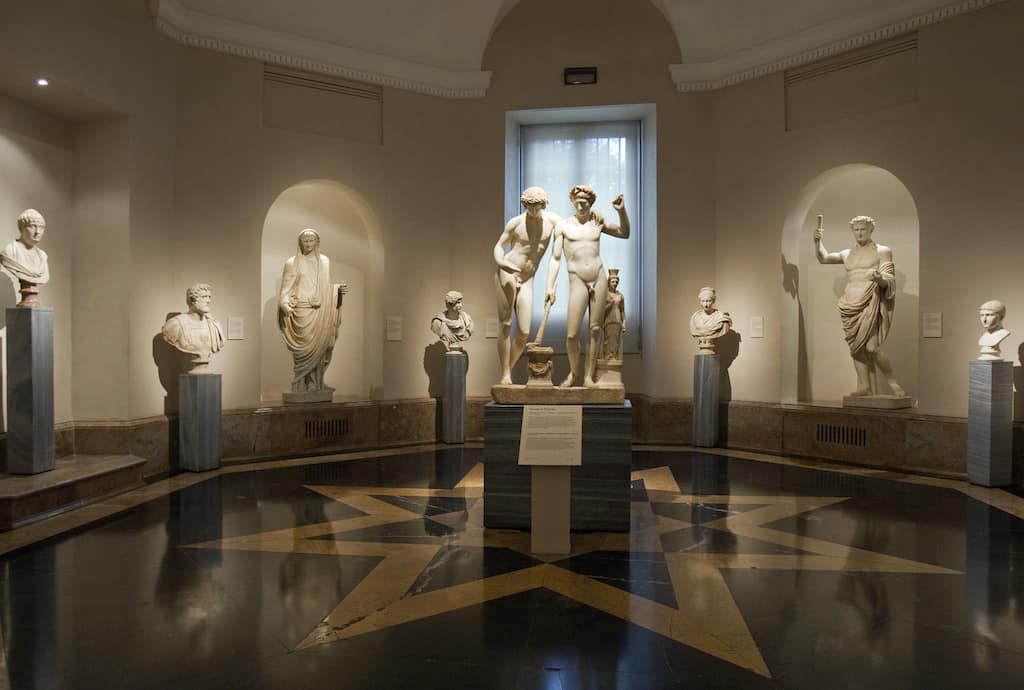
The Prado Museum is not merely a static repository of art but a dynamic institution dedicated to research, conservation, and education. Its role extends far beyond displaying masterpieces to actively contributing to our understanding of art history and preservation techniques.
Cutting-Edge Conservation Techniques
The Prado houses state-of-the-art conservation laboratories where experts work tirelessly to preserve and restore the museum’s vast collection. These efforts not only ensure the longevity of priceless artworks but also provide valuable insights into the materials and techniques used by artists throughout history.
Recent conservation projects, such as the restoration of Velázquez’s “Las Meninas” and Goya’s “Black Paintings,” have revealed new details about these iconic works and the artists’ creative processes. The museum’s commitment to transparency means that visitors can often witness conservation work in progress, gaining a deeper appreciation for the complexity and importance of art preservation.
Scholarly Research and Publications
The Prado is a hub for art historical research, with a team of curators and scholars constantly working to expand the knowledge of the collection and its context. The museum regularly publishes scholarly catalogues, monographs, and research papers that contribute significantly to the field of art history.
These research efforts often lead to new attributions, discoveries, and interpretations of works in the collection. For instance, recent studies have shed new light on the workshop practices of artists like El Greco and Rubens, enhancing our understanding of artistic collaboration and production in the Renaissance and Baroque periods.
Educational Programs and Public Engagement
Recognizing its role as a public institution, the Prado offers a wide range of educational programs designed to make art accessible to diverse audiences. From guided tours and lectures to workshops and interactive digital resources, the museum strives to engage visitors of all ages and backgrounds.
The Prado’s commitment to education extends beyond its physical walls through its robust online presence. Virtual tours, high-resolution images of artworks, and educational videos allow art enthusiasts around the world to explore the collection and learn about art history from the comfort of their homes.
Temporary Exhibitions and Cultural Exchange
While the permanent collection is the heart of the Prado, the museum also hosts temporary exhibitions that bring fresh perspectives and rarely seen works to Madrid. These exhibitions often focus on specific artists, periods, or themes, providing in-depth explorations that complement the permanent collection.
Furthermore, the Prado actively participates in cultural exchanges with other major museums worldwide. Through loans and collaborative exhibitions, the museum helps to foster international dialogue and appreciation for art across cultures.
The Prado in the 21st Century: Challenges and Opportunities

As the Prado Museum enters its third century, it faces both challenges and opportunities in an ever-changing cultural landscape. The institution must balance its role as a guardian of artistic heritage with the need to remain relevant and accessible in the digital age.
Expanding Digital Presence
The Prado has made significant strides in digitizing its collection and offering virtual experiences, a trend accelerated by the global pandemic. These efforts not only make the museum’s treasures accessible to a global audience but also open up new avenues for research and education.
Virtual reality tours, high-resolution digital scans of paintings, and interactive online exhibitions are just a few ways the Prado is leveraging technology to enhance the visitor experience and reach new audiences.
Addressing Contemporary Issues
While the Prado’s collection primarily focuses on historical art, the museum increasingly engages with contemporary issues through its programming and interpretation. Exhibitions and educational initiatives often draw connections between historical works and current social, political, and environmental concerns.
For instance, recent projects have explored themes of gender representation in art, the legacy of colonialism, and the environmental impact of artistic practices throughout history.
Sustainable Practices and Cultural Preservation
As a major cultural institution, the Prado is also grappling with questions of sustainability and responsible stewardship. This includes not only environmental considerations in museum operations but also ethical questions surrounding the provenance and display of cultural artifacts.
The museum’s efforts to reduce its carbon footprint, implement sustainable conservation practices, and address historical injustices related to its collection demonstrate a commitment to responsible cultural leadership in the 21st century.
Conclusion
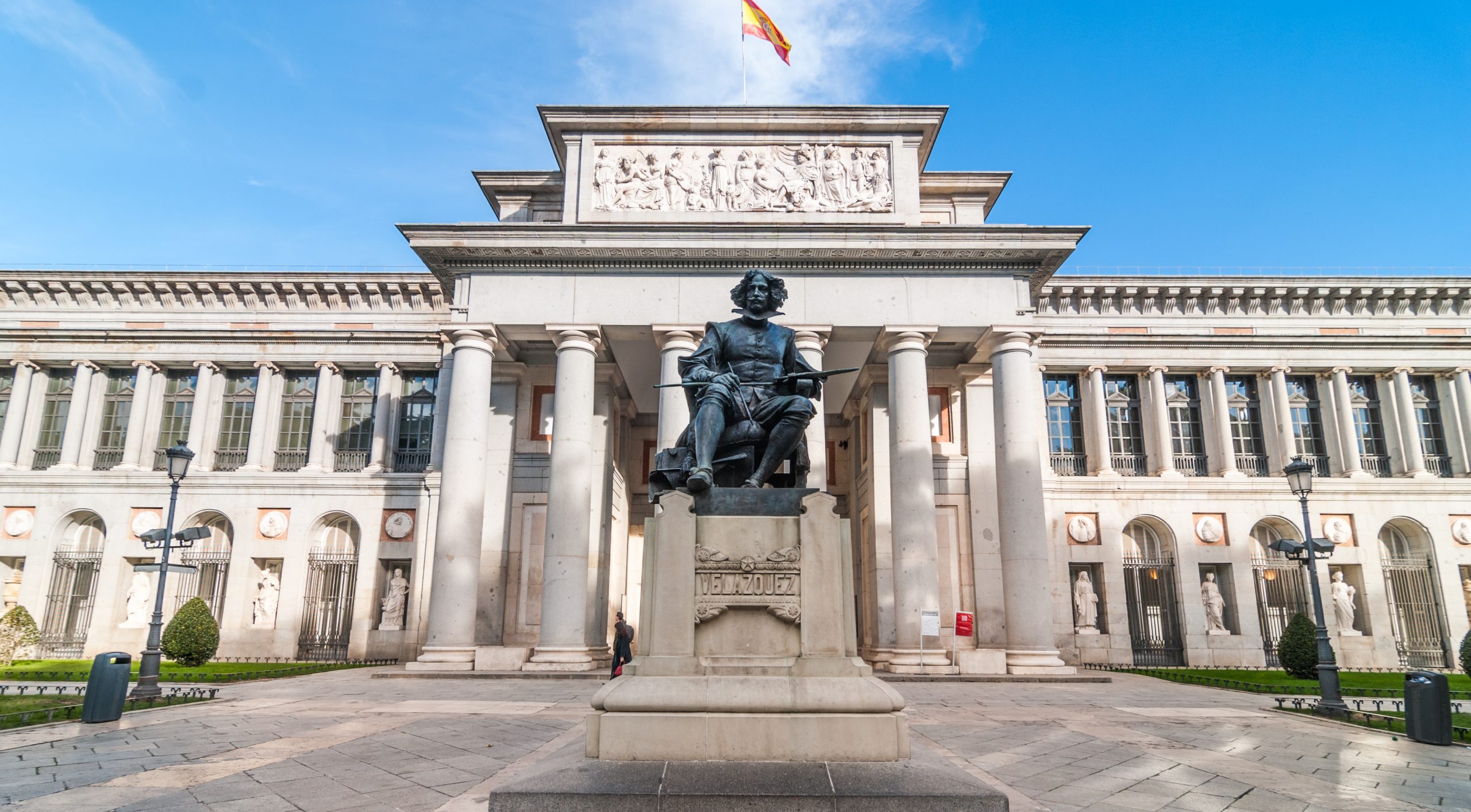
The Prado Museum stands as a testament to the enduring power of art to inspire, educate, and connect us across time and cultures. From its world-renowned collection of masterpieces to its cutting-edge research and educational initiatives, the Prado continues to play a vital role in shaping our understanding of art history and cultural heritage.
As we look to the future, the Prado faces the exciting challenge of remaining true to its rich history while adapting to the changing needs and expectations of contemporary audiences. Through its commitment to conservation, scholarship, and public engagement, the museum ensures that the treasures within its walls will continue to captivate and enlighten generations to come.
A visit to the Prado is more than just a tour of beautiful paintings; it is a journey through the human experience, expressed through the genius of some of history’s greatest artists. Whether standing before the enigmatic gaze of the Infanta in “Las Meninas” or contemplating the raw emotion of Goya’s “Black Paintings,” visitors to the Prado are invited to engage with art that transcends time, speaking to the universal aspects of the human condition.
In an age of rapid technological advancement and global connectivity, the Prado Museum reminds us of the irreplaceable value of direct encounter with great art. It stands as a beacon of cultural heritage, inviting us to pause, reflect, and connect with the rich tapestry of human creativity that spans centuries and continents. As we face the challenges and opportunities of the future, the Prado continues to offer a space for contemplation, inspiration, and dialogue, ensuring that the masterpieces of yesterday remain relevant and meaningful for the audiences of today and tomorrow.
✉️ Stay Connected — Subscribe for Weekly Updates
Discover timeless stories, practical wisdom, and beautiful culture — delivered straight to your inbox.
*We only share valuable insights — no spam, ever.

